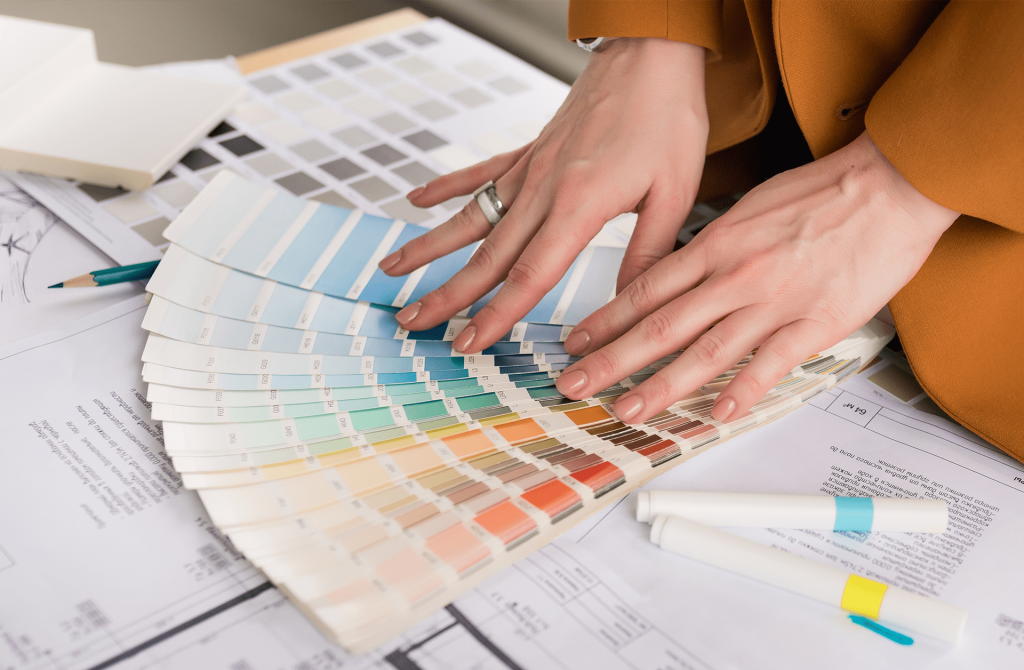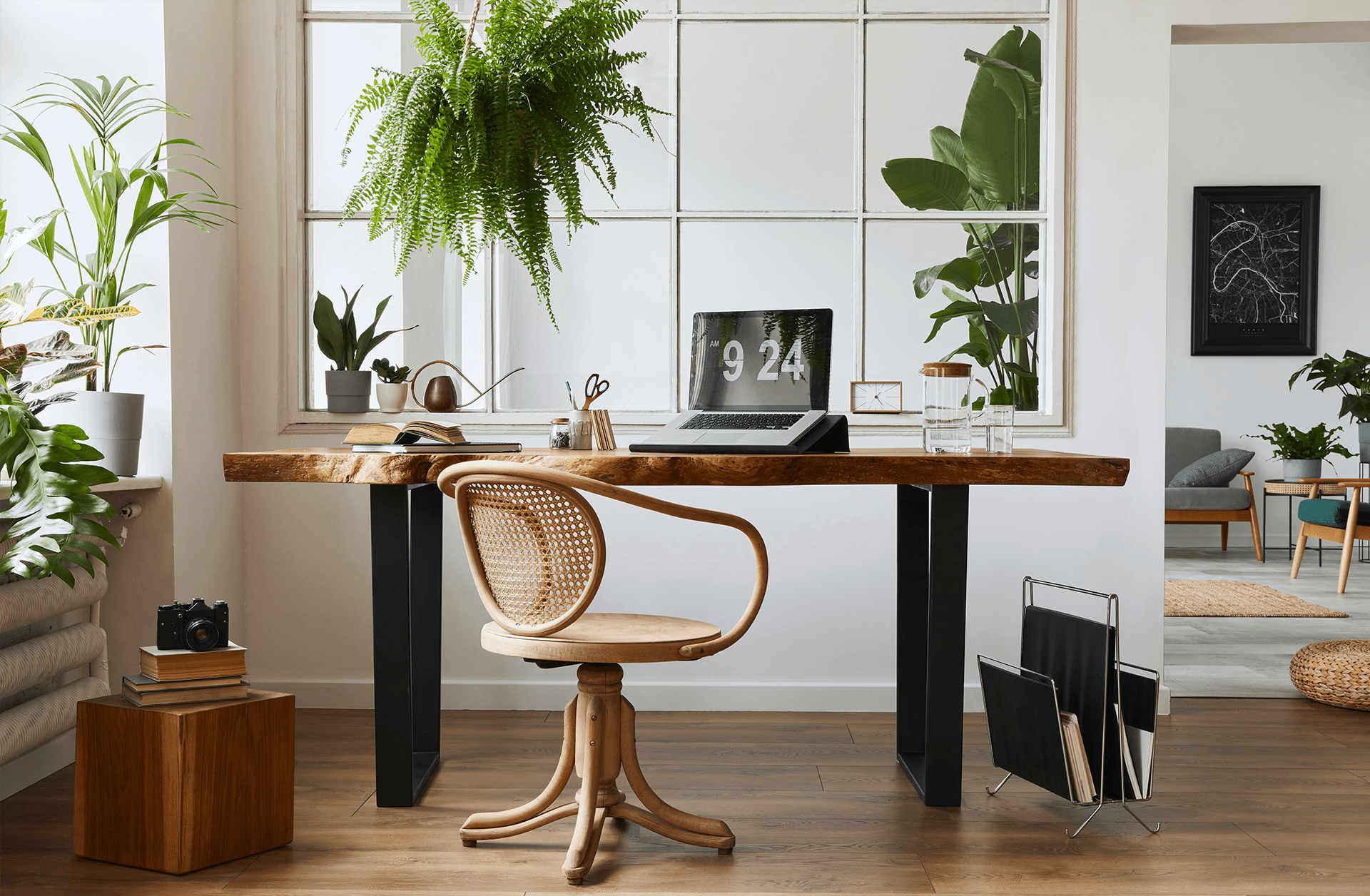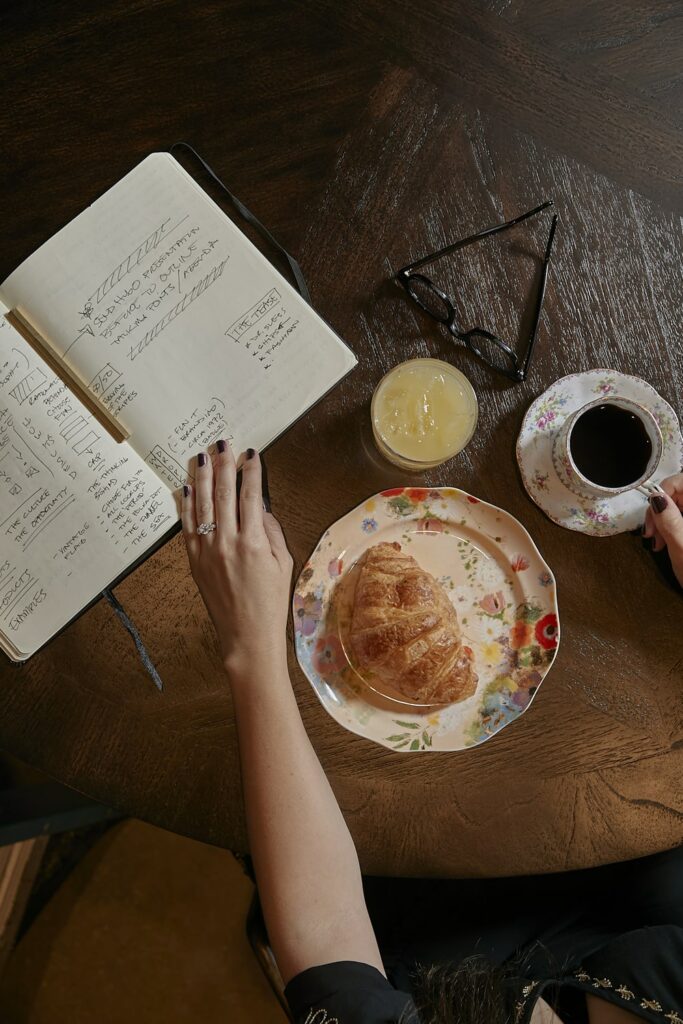Believe it or not, our environment plays a large part in how we behave on a daily basis. By understanding how our body reacts to external stimuli, we can mold our space to create a supportive environment for mental and physical well-being. Because only when we’re our best selves, can we do our best work.
With that in mind, here are 5 simple interior design hacks to make your workspace a more nurturing, inspiring, and optimized setting.

Lighting.
Out of all the factors considered when designing a work space, lighting is arguably the most important. It can affect mood, energy levels, and ability to concentrate. In a healthcare setting, patients exposed to daylight and views of nature had better recovery rates and reduced chronic pain. In a work environment, proper lighting can reduce eye strain while combating fatigue and low morale.
Natural lighting is best. Ideally, your workspace should have a big window and natural views. That being said, even an obscured view is better than no view. Maximize the natural light by placing your desk near the source, but angled away from any possible glare. Add in some indirect ambient lighting to even out shadows and glare. Warmer tones (like a soft yellow) are better for relaxing, while cooler tones (like a crisp blue) inspire more energy and focus. If there are no windows available, try to mimic natural lighting with colored light filters, and try to take breaks to go outside.
In any case, stay away from fluorescent lamps. If your office has them installed, consider using a floor lamp or key lighting on your desk instead. The color and intensity of these lights play havoc with our mood, health, and entire nervous system.

Color.
The next biggest factor to consider is color choice. Color plays a huge role in our subconscious mind in how we process and react. Evolutionarily speaking, blues and greens meant we were near a savannah with water and food, where yellows and reds signaled fire and a need to act quickly. We’ve come a long way from our hunter gatherer days, but we’re still wired this way for survival.
Instead of going against our nature, we prefer to work with it.
Soothing blue tones are best for rooms where heavy knowledge based work is performed. It’ll allow you to sit for extended periods of time and really think through tough tasks. Green acts as a good middle ground, providing a sense of calm while still evoking energy. Pops of yellow and orange may give you bursts of energy when needed, while red increases brainwave activity, which is better for rooms where a lot of active, physical work is performed. That being said, red and yellow can become overwhelming to our nervous system. Pairing these colors with soothing neutrals can subdue this effect.

Furniture and function.
We work better when we have personal space, and a sense of control over that space. Depending on your workflow, you may require different settings for different stages of whatever project you’re on. When thinking about furniture, it’s best to have adjustable items you can easily rearrange and shift with your needs throughout the day.
When it comes to creativity, however, the absolute best thing you can do is make everything into a writing surface. Ideas are ethereal, formless, subjective things that live in the air. It is up to us to catch them and give them form. Make them feel tangible by providing yourself with postable writing surfaces and co-creation tools.

Living things.
So maybe the lighting is what it is and you can’t do much about the color on the walls, here’s one simple, cost effective hack: get a plant. There is a whole body of research out there outlining a long list of benefits from our green friends. Just looking at them can decrease our stress levels and help us recover from demanding tasks quicker. Depending on the plants you chose, they can also clean up the oxygen around us and decrease office pollution. If you don’t have a green thumb, consider succulents or terrariums for low maintenance greenery.

Adaptability and choice.
The big takeaway from this entire guide, and what a lot of our research has been showing, comes down to personal choice. People are most effective when they’re comfortable, engaged, and have the power to adapt through their workspace. We should strive to create shifting spaces that flow with every step of our creativity, inspiring action with control and confidence. The key here is to maximize adaptability while still providing the structural framework for focus and flow.
What’s your favorite workspace hack?


